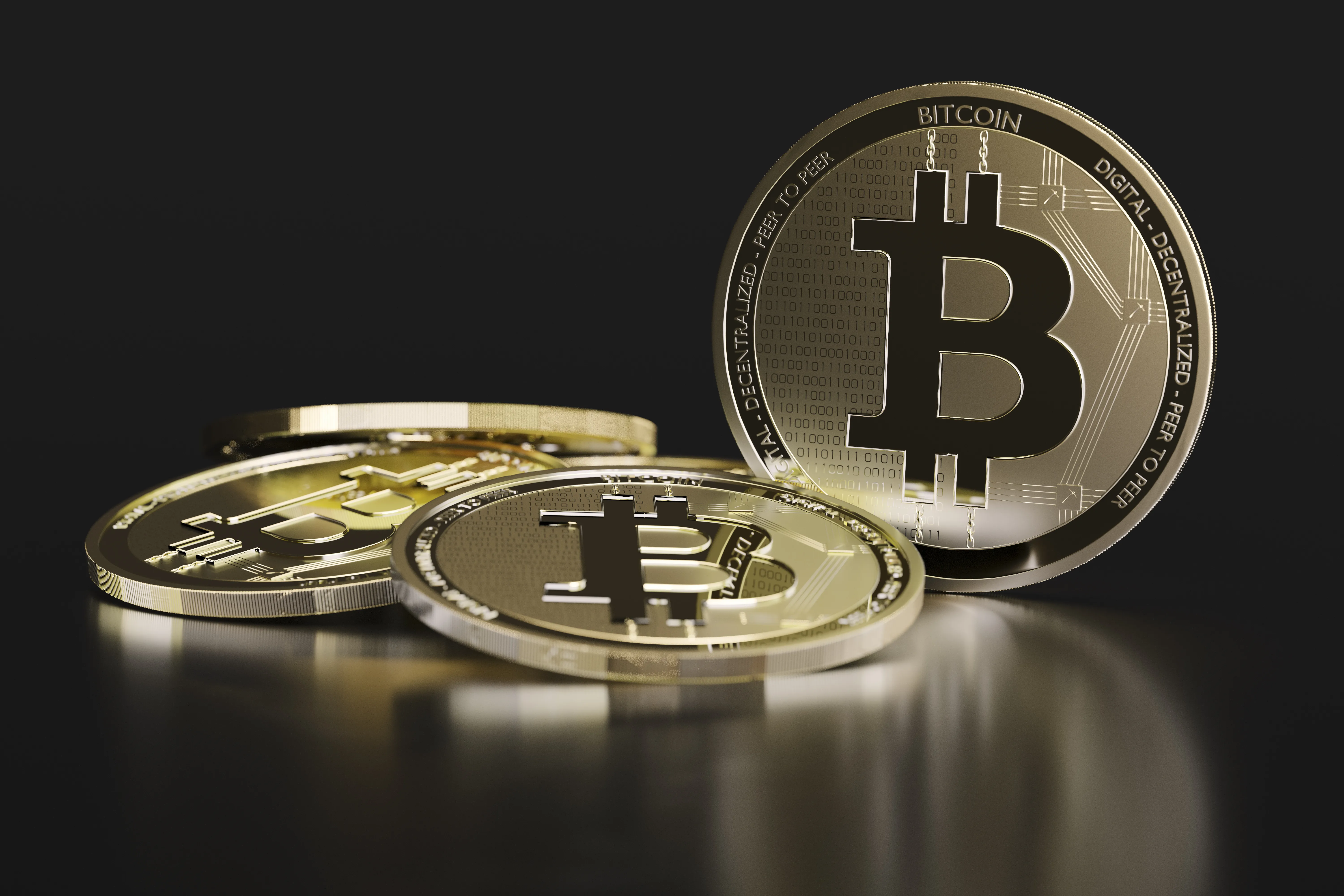-
CENTRES
Progammes & Centres
Location
Bitcoin could replace gold and the US dollar as the global reserve commodity in the coming years, it would be prudent for India to adopt Bitcoin as part of its strategic financial reserve.

In mid-May 2022, El Salvador’s President Nayib Bukele hosted what has been dubbed the first “Davos of Bitcoin”, in the presence of central bankers from 44 developing countries. Seen in isolation, this event may seem fringe and insignificant, but when seen in the context of the erosion of dollar dominance, high global inflation, great power conflict, and talks of changing world order, the Bitcoin event is a sign of the emerging interest around a contender for the next global reserve currency.
By suppressing Bitcoin adoption today, India (and China) could be making similar errors with grave implications for their future. Bitcoin is the hardest money ever invented due to its absolute mathematical scarcity and other nations cannot be stopped from adopting it. Therefore, being an early adopter is India’s rational strategy in the national interest.
The power games between the US dollar, the Chinese yuan, and open-source Bitcoin for the global reserve crown will be an intriguing geopolitical episode of this decade. Bitcoin has more ground to cover before it defeats the veterans, but it does offer something unique to the world: Decentralised globalisation, with individual sovereignty and collective security for nations. Every country, except the United States (US) and China, has a rational incentive to use the neutral Bitcoin network for global trade. When the dominoes keep falling around them, Bitcoin can become a rational compromise for the US and China too.
Figure 1: Rational strategies in the game for global reserve currency
This incentive structure is an unprecedented opportunity for non-aligned developing nations to leapfrog global superpowers in financial innovation, by being the first movers to a harder monetary standard. But many developing countries will likely miss this opportunity, some due to irrational strategies formed by information asymmetry; some due to intransigent central banks who want to retain control of monetary policy; and others due to push-back from the Bretton Woods institutions, the US, or China. As a sovereign nation whose interests are better served by a neutral reserve currency, India has a rational incentive to be an early mover on Bitcoin adoption. But the regulatory environment is complicated by conflicts of interest amongst some key domestic and foreign stakeholders in the Indian economy. Therefore, the executive, legislature, and judiciary have to play strong oversight roles in aligning India’s cryptocurrency regulations with its national interest and constitutional values.
The prisoner’s dilemma can be used to gauge probable outcomes based on rational strategies and expectations amongst players. As a pure monetary good with no other utility right now, Bitcoin’s adoption and price discovery are functions of this game-theoretic interplay amongst market participants.
Figure 2: The Bitcoin Prisoner’s Dilemma for India
Every country in the world faces the same dilemma with Bitcoin. So the game matrix of Figure 2 is repeated between multiple players, with the following outcomes:
Figure 3: Outcomes from repeated games amongst multiple players
Now consider what happens when this outcome matrix becomes more apparent to the players over time: More and more countries will see the rational incentive in adopting the inevitable, likely precipitating a sudden move. So the Bitcoin adoption curve amongst nations started off slowly (with most countries looking to ban it), then moved gradually (with some countries adopting it) and is gearing up to move suddenly (with many countries adopting it) over this decade. In the 2010s, early individual and institutional investors saw asymmetric returns with Bitcoin. In the 2020s, early geopolitical investors can become more prosperous and powerful with it, whilst laggards are likely to suffer from capital outflows and strategic weakness.
India has a rational incentive to be an early mover on Bitcoin adoption. But the regulatory environment is complicated by conflicts of interest amongst some key domestic and foreign stakeholders in the Indian economy.
Only Bitcoin (other cryptocurrencies have single points of failure) is important for India’s national security, financial sovereignty, and energy independence in the 21st century. The Bitcoin network is anti-fragile, secured by military-grade cryptography, and its adoption incentives are similar to nuclear technology, early movers are likely to gain an asymmetric edge over geopolitical rivals.
We can learn from history; in the second half of the 19th century, as much of the world moved to a harder gold standard, India and China stayed on a silver standard. This gradually eroded their terms of trade and led to strategic weakness and economic backwardness that lasted for decades. By suppressing Bitcoin adoption today, India (and China) could be making similar errors with grave implications for their future. Bitcoin is the hardest money ever invented due to its absolute mathematical scarcity and other nations cannot be stopped from adopting it. Therefore, being an early adopter is India’s rational strategy in the national interest.
The current dollar-based global financial system does India no favours. On the contrary, India has to endure the worst second-order effects of American monetary policy: The current spate of high inflation, for example. Further, as showcased by Russia, a sovereign’s foreign assets are not really sovereign; and international payment rails are not really neutral. Consequently, the dollar’s global power is now eroding—recent geopolitical events, the history of reserve currencies and diminishing American incentives from dollar dominance—all hint at a significant transition underway in global finance. As the dollar-based system contracts or implodes in a spate of currency crises, countries close to the Bitcoin escape hatch could be better positioned to survive and thrive in the new era of decentralised globalisation.
Whilst most of the “crypto industry” is speculative technology at this point, bundling Bitcoin with the rest would be a grave policy error that could set India back by decades.
So it was significant that on 4 March 2020, the Supreme Court overturned the Reserve Bank of India’s ban on cryptocurrencies, observing that the circular was “manifestly arbitrary, based on non-reasonable classification, and it imposes disproportionate restrictions”. The Court accepted that the ban was a restriction of the right to practice any profession, or to carry on any occupation, trade or business as contained in Article 19(1)(g) of the Indian Constitution, and considered whether this was sufficiently imposed in “the interest of the general public” under Article 19(6).
The Government of India is now working on a bill to regulate the “crypto industry”, which will be presented in the Parliament later this year. Whilst most of the “crypto industry” is speculative technology at this point, bundling Bitcoin with the rest would be a grave policy error that could set India back by decades.
The views expressed above belong to the author(s). ORF research and analyses now available on Telegram! Click here to access our curated content — blogs, longforms and interviews.

Sambuddha Mitra Mustafi is a journalist and filmmaker currently writing a book on Bitcoin's political theory titled The Consensus of Civilizations. Earlier he was South ...
Read More +